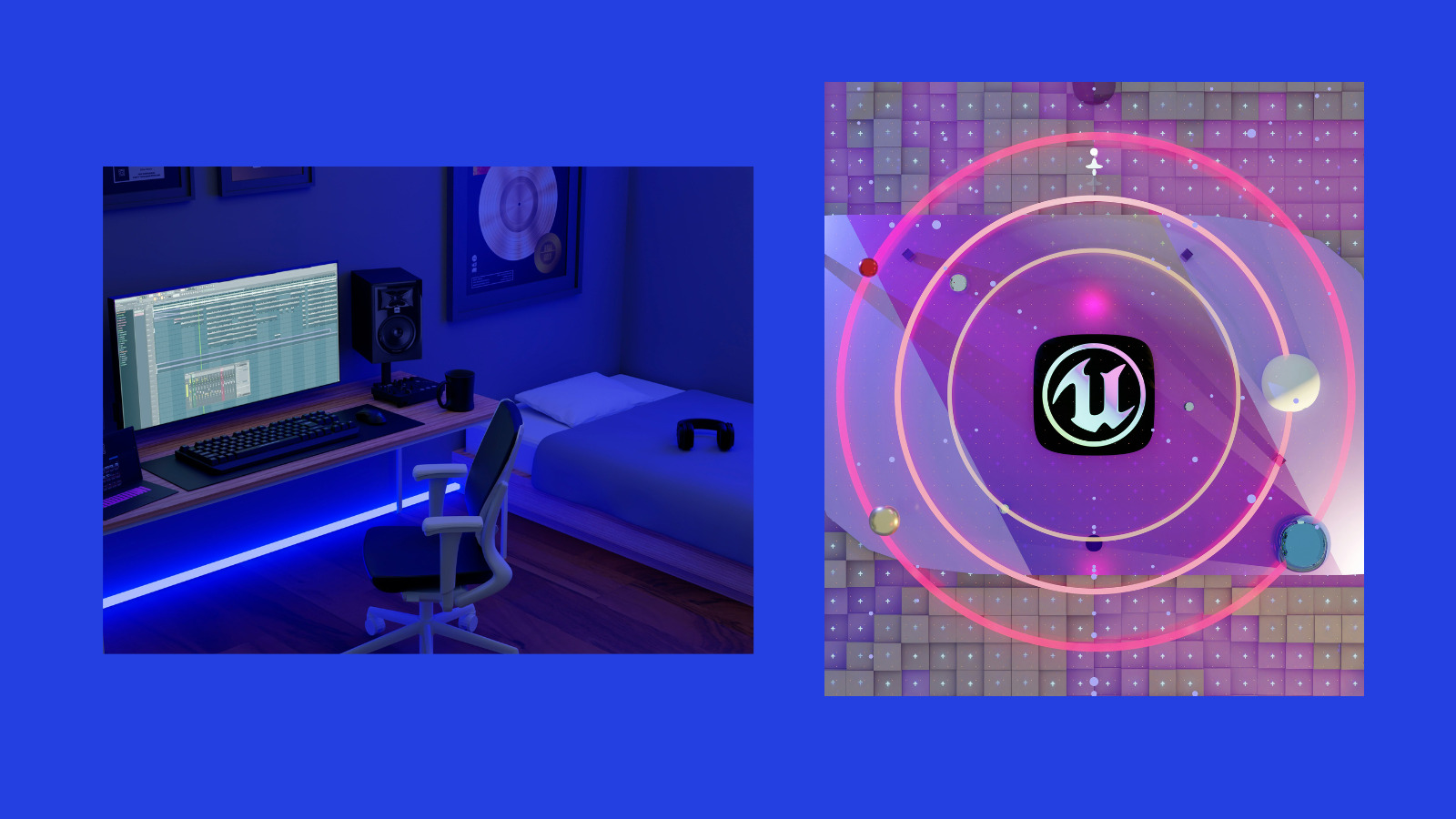
18 Mar The Next Dimension: Exploring the Advanced Horizons of VR Gaming
From Nintendo’s 1995 Virtual Boy to PlayStation 2023’s VR2, there’s no question that the world of virtual reality (VR) video games and systems has changed exponentially. VR gaming systems allow players to experience video games on another sensory immersive level with real-time actions affecting the game’s world, taking the gaming market by storm. We are now entering a new landscape of VR gaming. With the help of video game engines like Unreal Engine and new VR tech, all sorts of immersive possibilities lie ahead of us.
Unreal Engine advancing VR gaming
Unreal Engine has been a staple in the video game industry, helping create indie and AAA video games, among many other interactive virtual media experiences, since the 1990s. The 3D engine developed by Epic Games, famously known today for Fortnite and Fall Guys, is a universal software available to developers at any skill level. Unreal Engine has helped numerous developers and studios produce fan favorites like Bioshock, Borderlands, and the Mass Effect trilogy. However, the advancement of VR consoles in the gaming field in recent years brings more anticipated VR video games. Some of these impressive games are made with Unreal engine and are coming into the spotlight.
With continuous updates like the new software version, Unreal Engine 5, there are new opportunities for VR games and other virtual experiences. The latest update introduces Lumen to VR game development. This feature allows developers to use dynamic lighting and reflections to create a realistic atmosphere in the world they’re making. Nanite is another significant feature within Unreal Engine that’s now capable with VR. Nanite is a geometry rending system that allows developers to create complex structures and objects within their worlds without worrying about poor game performance. Nanites system only loads the necessary data for specific scenery within the game’s world. The process allows real-time rending, meaning we can now have higher detail/realism and excellent game performance.
These features alone will create a vital change to help the VR experience become more immersive and photorealistic. While these features are essential to changing VR gaming standards, Unreal Engine continues to update, adding numerous new assets that will guide VR development to a brighter and bigger future.
Current Trends in VR Gaming
Trends are prevalent in the VR gaming market. There’s a wide range of VR gaming, like e-sports, health/wellness, social interaction,
mixed reality (MR), and cross-platform gaming. VR gaming is also finding its way into educational experiences and professions. Precision OS, for example, utilizes Unreal Engine to create training simulators for surgeons and healthcare providers, allowing them to practice with versatility and realistic imagery. The trainees can repeatedly fail and retry the simulation to help them learn specific training.
Besides mainstream trends, VR introduces itself to popular and older non-VR video games like Skyrim and Minecraft. The already successful titles are now more immersive, putting players in a new first-person experience like never before. Even stand-alone projects based on the worlds of popular non-VR games/media like Half-Life Alyx, Horizon Call of the Moutain, and The Walking Dead: Saints & Sinners are coming to light. With a diverse market and the excelling capabilities of game engines, we’re facing a growing landscape of VR gaming territory.
Possible Future of VR Gaming
As virtual reality’s popularity and technology increase, so does its potential. With features like Lumen and Nanite now available in game development software, we’re already seeing a significant change in games with advanced graphics and rendering structures. We are likely to see further visual and performance improvements in the near future.
Besides visuals, the sense of touch is a massive component of VR gaming. New haptic feedback technology will likely arise, enhancing the immersive experience for players. VR treadmills, haptic vests, controllers, gloves, and chairs are well-known and used within the VR gaming community. Companies like Virtuix are working on creating VR haptic feedback technology like the Omni one treadmill. The treadmill allows players to navigate a VR game world in real time with their personal walking/running abilities.
Other possibilities that we may see in gaming could be integrating advanced artificial intelligence (AI) into storytelling and interaction with the player. Games will typically use AI in non-playable characters (NPCs) to interact with a player’s character in the game to assist or harm them in their journey. But what if AI was used to create entirely new experiences or storytelling every time you played the game? AI-driven games like Vaudeville by BumbleBee Studios use AI to fully generate NPCs’ dialogue and interact with the player’s dialogue in real time. Although AI-driven actions and storytelling are in their early stages in the gaming world, there’s an excellent potential for future projects.
The landscape of VR gaming, powered by technological marvels like Unreal Engine and cutting-edge VR technology, is evolving at an unprecedented pace. From the rudimentary beginnings of VR in the 1990s to the sophisticated, immersive experiences available today, the journey has been remarkable. Unreal Engine, with its latest advancements like Lumen and Nanite, is at the forefront of this evolution, enabling creators to build more realistic, immersive worlds that push the boundaries of virtual reality. The integration of VR in various sectors, including education and health, alongside the enhancement of gaming experiences through haptic feedback and AI, hints at a future where virtual realities are as rich and interactive as the physical world. As we stand on the brink of new discoveries and innovations in VR gaming, the potential for growth and evolution in this domain is limitless, promising experiences beyond our wildest imaginations.


